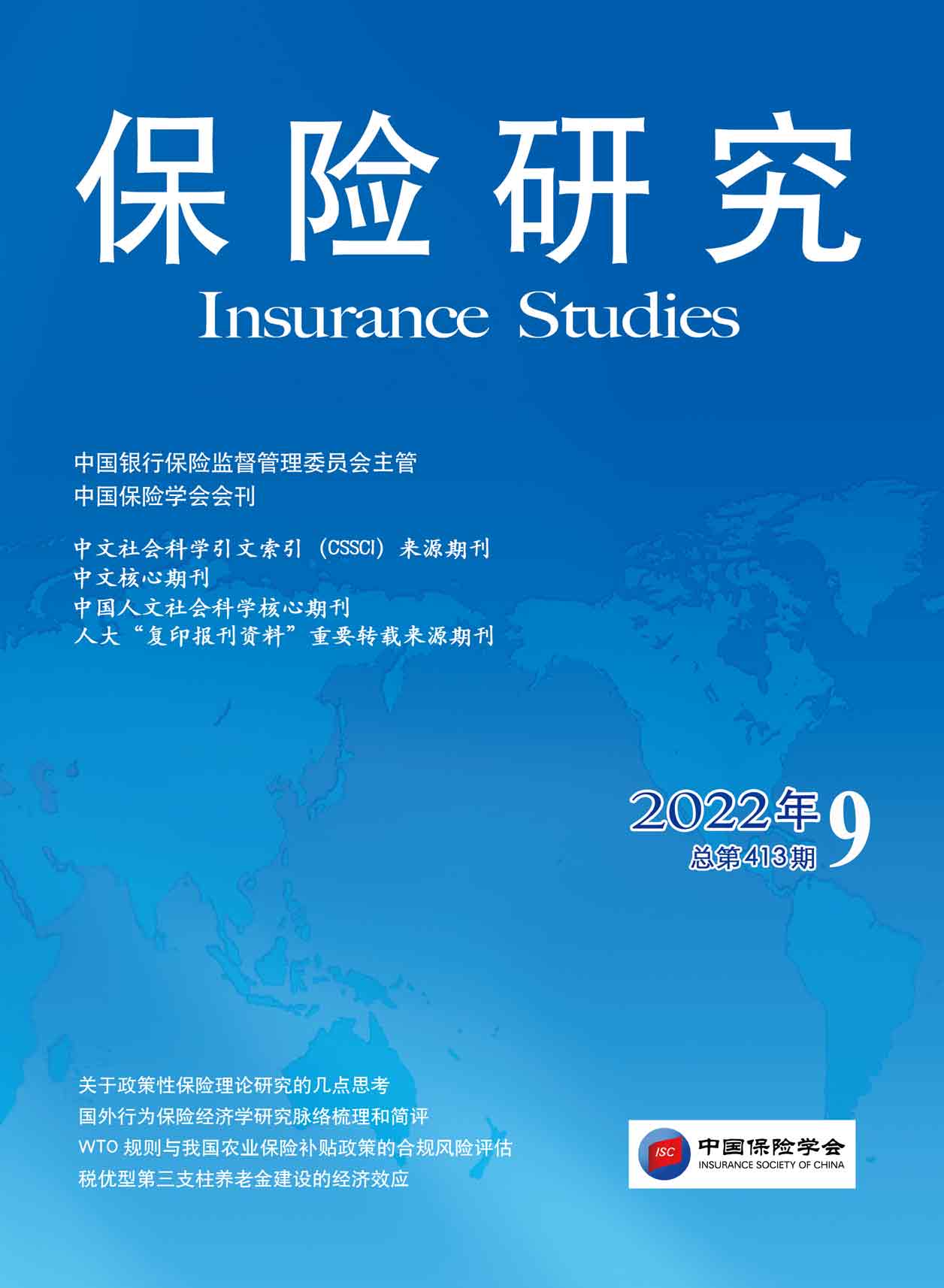
《保险研究》20220909-《网络互助的低发病率之谜与解释:基于某头部网络互助平台的证据和分析》(陈泽、黎韬、魏丽、冯琦)(P109-127).pdf
[中图分类号]F842.6[文献标识码]A[文章编号]1004-3306(2022)09-0109-19 DOI:10.13497/j.cnki.is.2022.09.009
资源价格:30积分
- 内容介绍
[摘 要]网络互助是我国近年来兴起的一种重大疾病风险分担方式,已经为大量人群提供了低成本的重大疾病保障。然而网络互助的低成本是否来自于低发病率却仍有待学术研究的讨论。本文基于某头部网络互助平台的微观数据,使用完全风险暴露的精算方法计算并验证了网络互助的发病率显著低于商业重疾险。进一步地,从逆向选择和保险欺诈的视角分析了网络互助发病率低的可能原因:网络互助较低的费率和保障程度在一定程度上分离了高、低风险群体,形成了分离均衡;网络互助的出险公示制度有效威慑了保险欺诈行为,从而降低了观测的发病率。本文证明了网络互助平台的低发病率并从经济学视角提供了解释,为相关政策提供了参考。
[关键词]网络互助;完全风险暴露法;逆向选择;保险欺诈
[基金项目]本文是国家自然科学基金青年项目“基于精算保守性视角的保险负债市场一致性评估方法研究”(72101256)、教育部人文社科一般项目“审慎监管视角的保险负债市场一致性评估方法研究”(21YJC790016)、国家社会科学基金重点项目“构建金融有效支持实体经济着力点的体制机制研究”(21AZD028)的阶段性研究成果。
[作者简介]陈泽,中国人民大学财政金融学院副教授;黎韬,中国人民大学财政金融学院博士研究生;魏丽(通讯作者),中国人民大学财政金融学院教授、博士生导师;冯琦,中国人民大学财政金融学院硕士研究生。
The Puzzle of Low Morbidity Rate in Online Mutual Aid:An Economic Analysis Based on a Leading Platform in China
CHEN Ze,LI Tao,WEI Li,FENG Qi
Abstract:As an emerging risk-sharing method in recent years,online mutual aid has provided low-cost critical illness coverage for many people.However,whether the low cost of online mutual aid comes from the low incidence has been controversial.Based on the micro-data of a leading online mutual aid platform,this paper used the exact exposure method to make the calculation and proved that the incidence of online mutual aid was significantly lower than that of the commercial critical illness insurance.Furthermore,this paper analyzed possible reasons for this phenomenon from the perspectives of adverse selection and insurance fraud.It found that,first,the low cost and low coverage of online mutual aid separated the insureds into high-risk and low-risk groups,forming a separate equilibrium;second,the claim disclosure system of online mutual aid effectively deterred insurance frauds and reduced observed incidence.This paper confirmed the fact that online mutual aid had a lower incidence of critical illness than commercial insurance,offered possible reasons,and put forward suggestions for relevant policies.
Key words:mutual aid;exact exposure method;adverse selection;insurance fraud
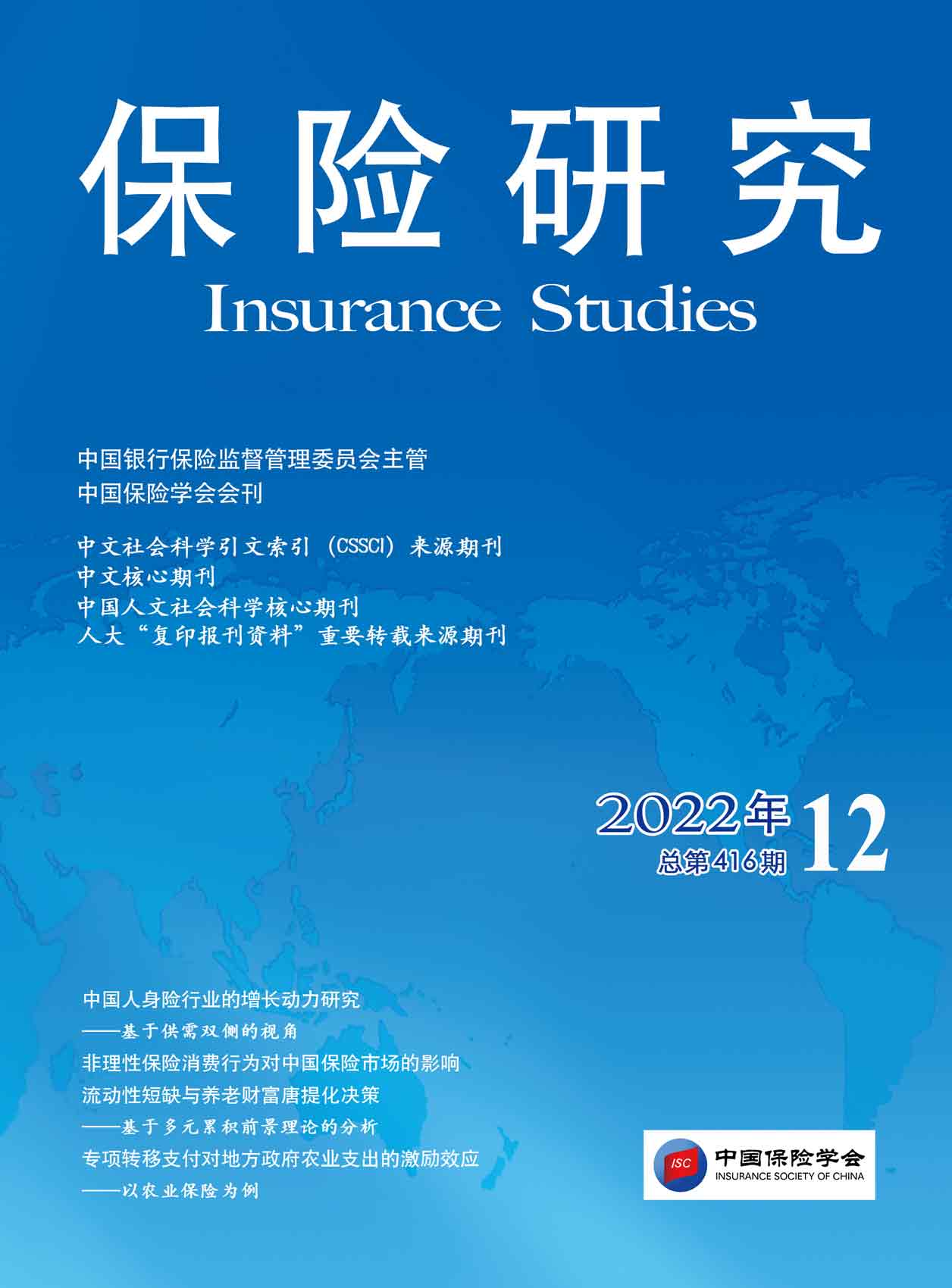
《保险研究》20221201-《中国人身险行业的增长动力研究——基于供需双侧的视角》(杨斐滟、何薇、陈滔)
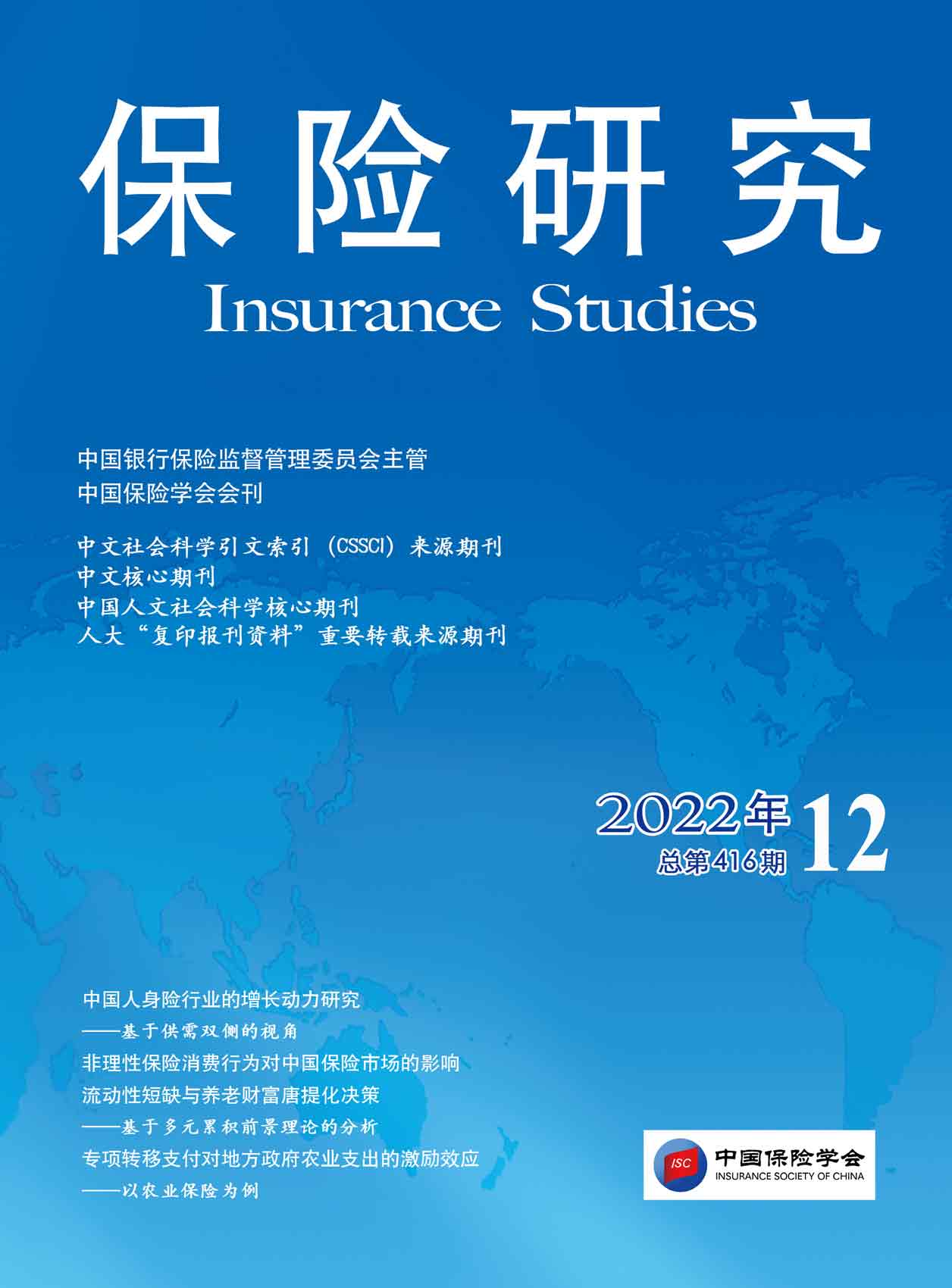
《保险研究》20221202-《非理性保险消费行为对中国保险市场的影响》(郭振华、朱少杰)
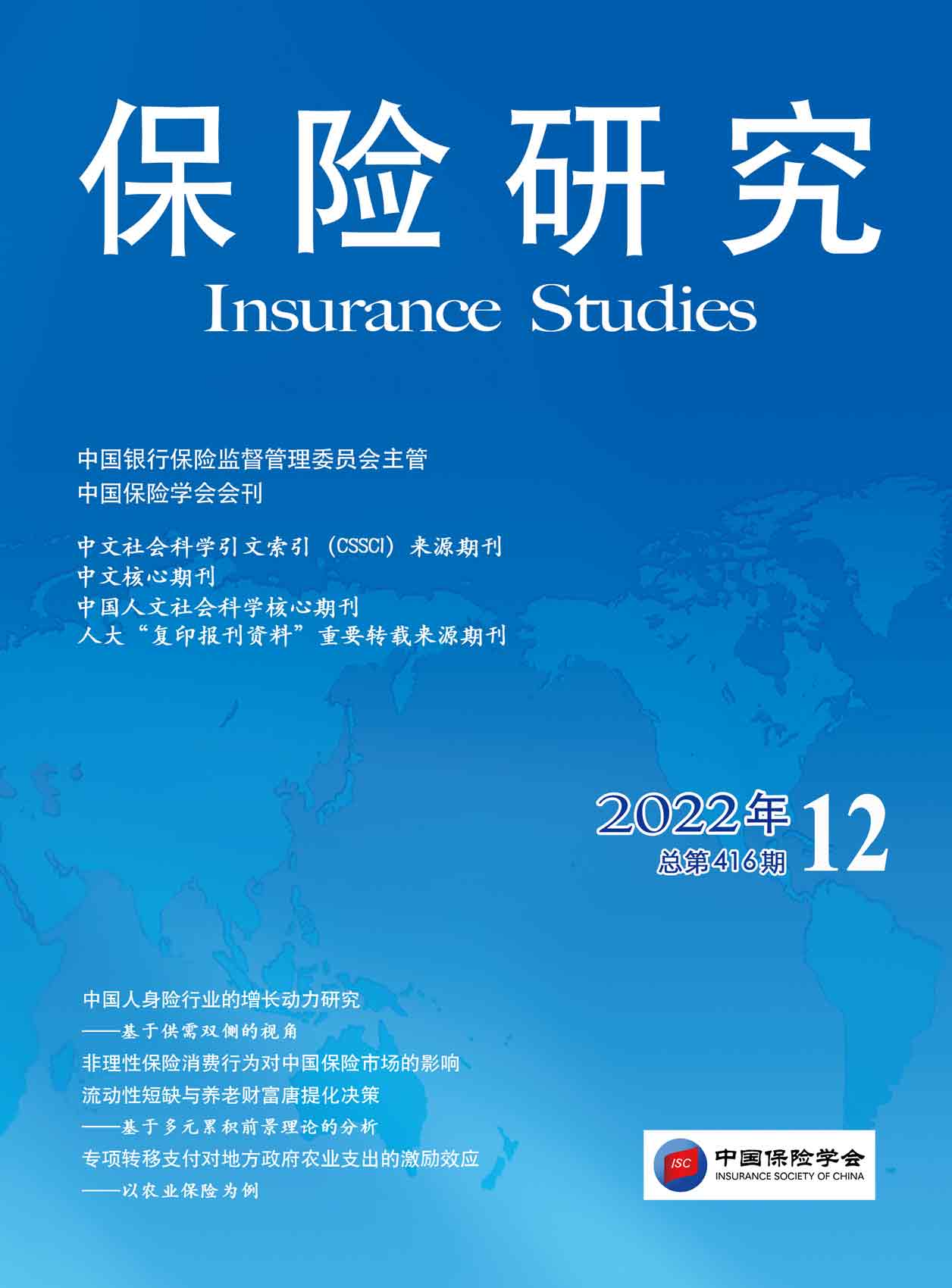
《保险研究》20221203-《流动性短缺与养老财富唐提化决策——基于多元累积前景理论的分析》(王力平、隋杰)
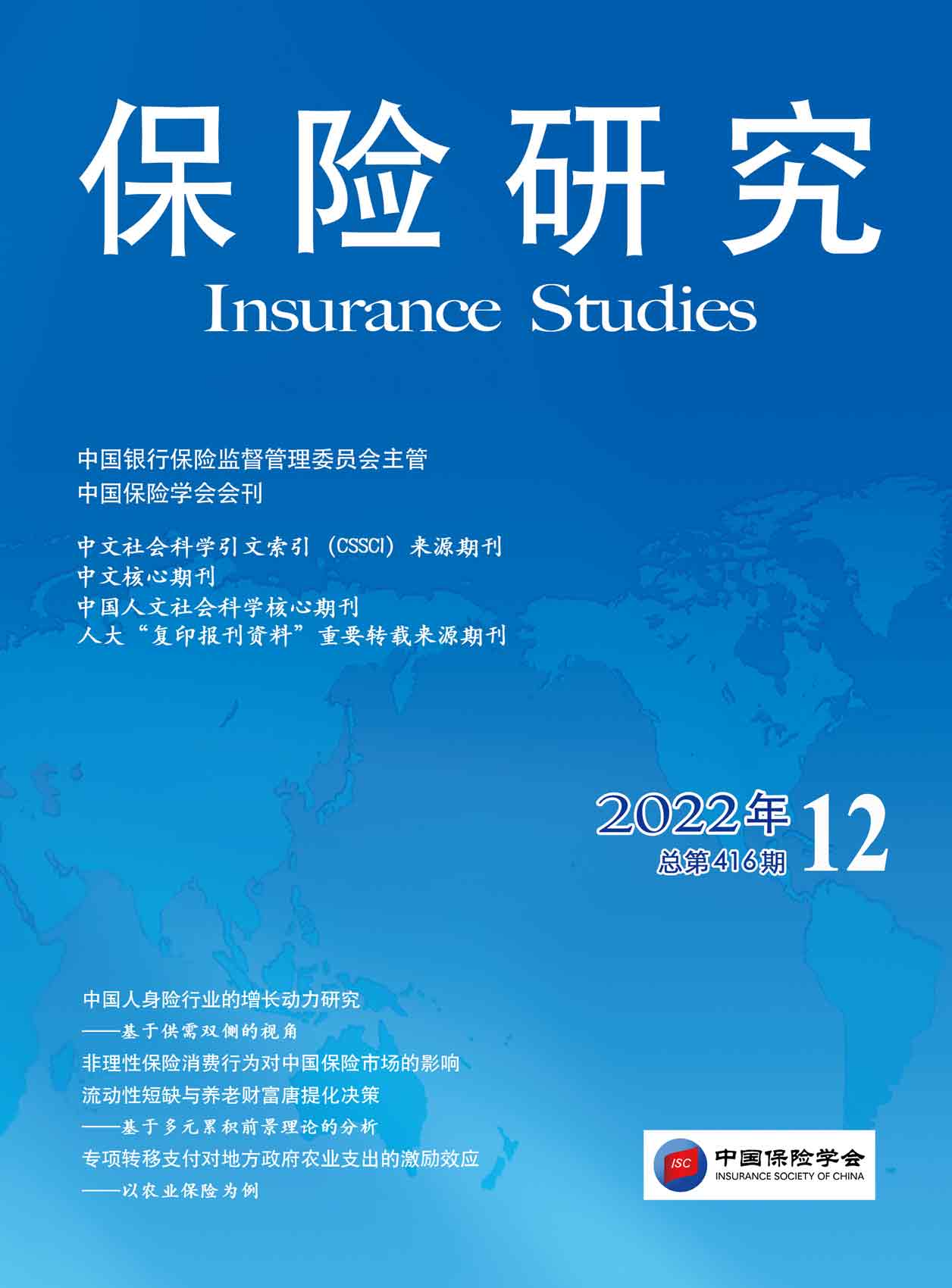
《保险研究》20221204-《专项转移支付对地方政府农业支出的激励效应——以农业保险为例》(何小伟、曹杨、刘怡鑫)
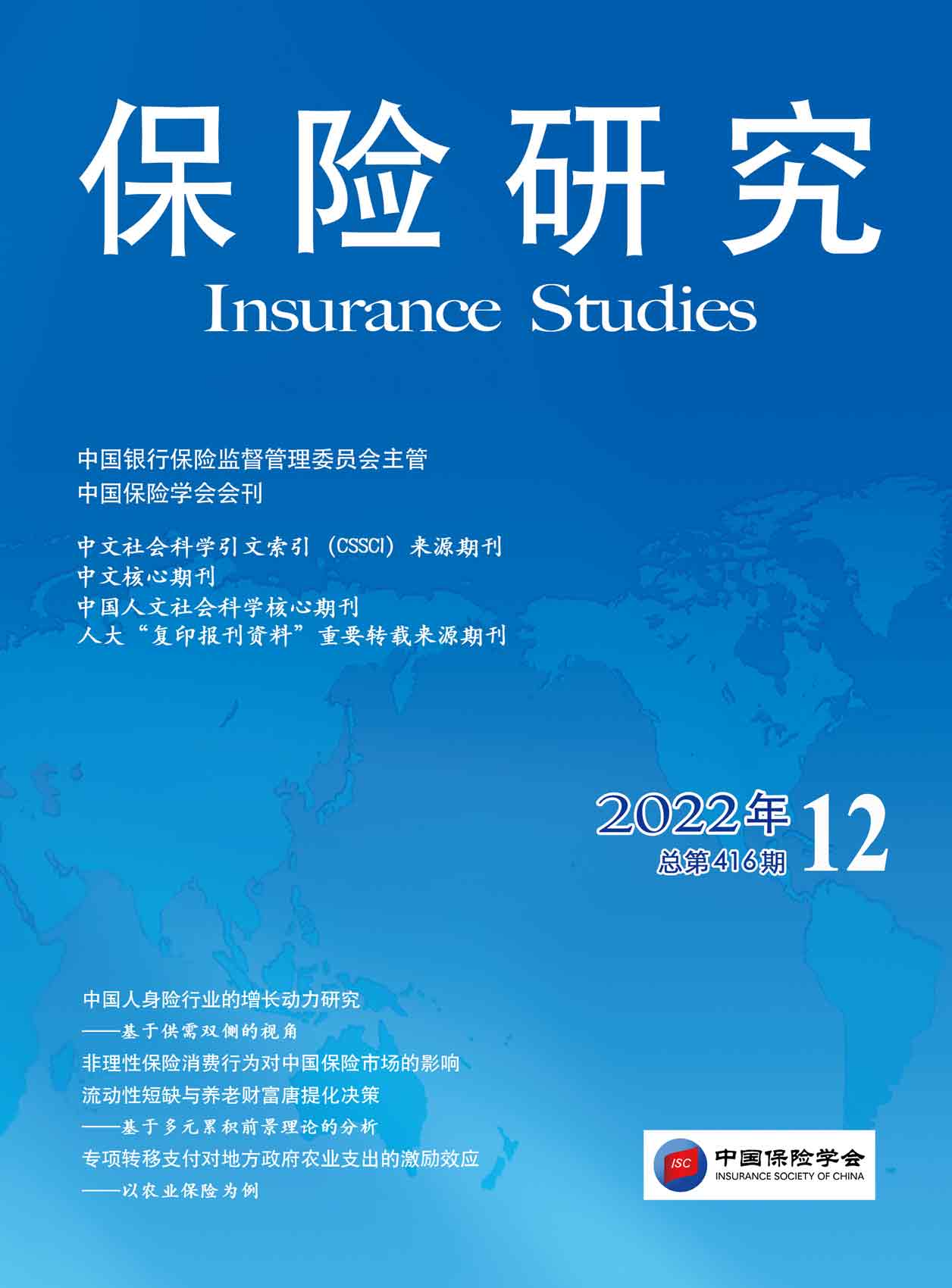
《保险研究》20221205-《生猪利润保险在生猪市场调控中的作用研究——以四川省为例》(李亚茹、张海浪)
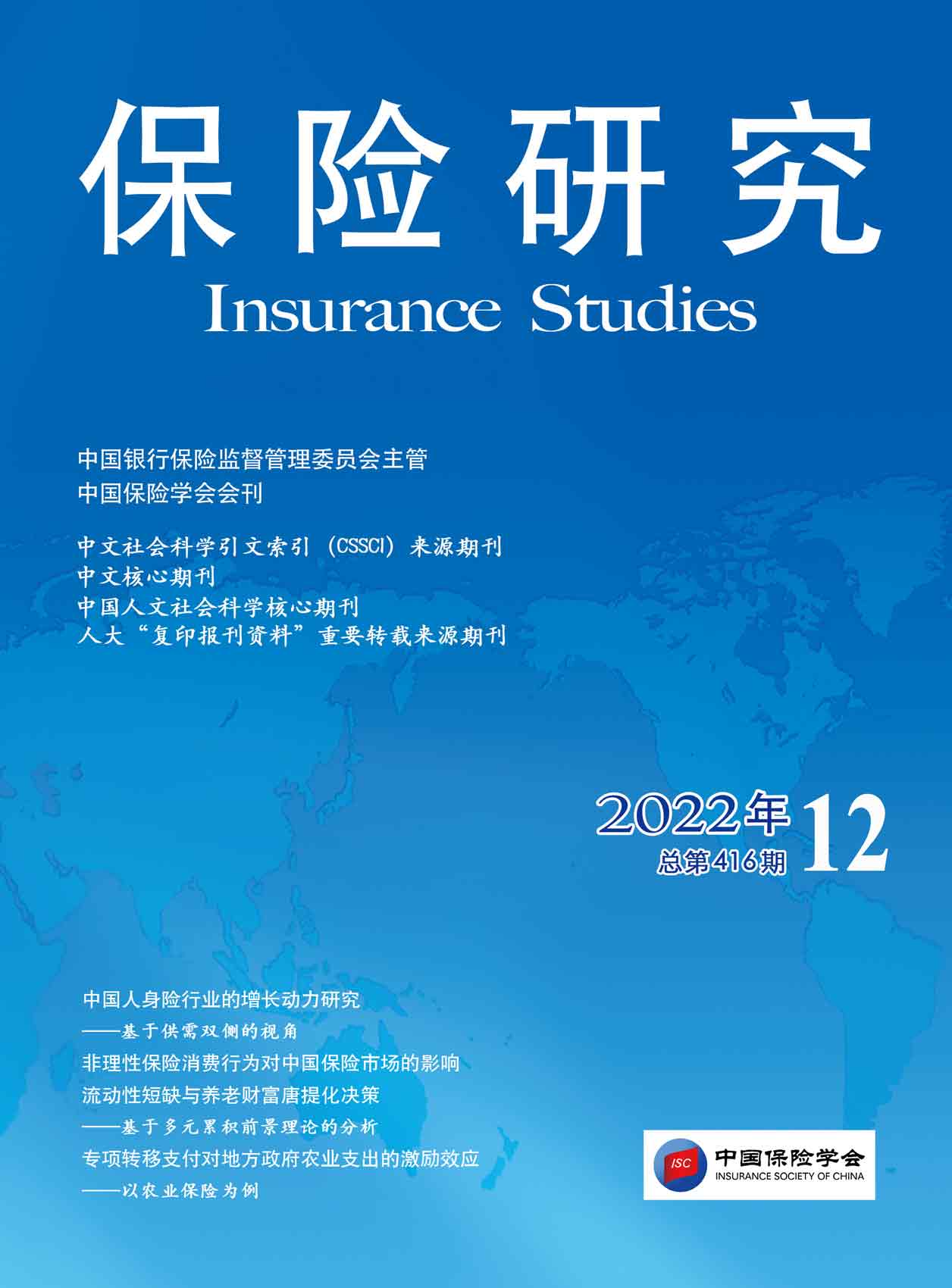
《保险研究》20221206-《主流机器学习方法识别车险欺诈效果的比较研究》(陈凯、李斌杰)
